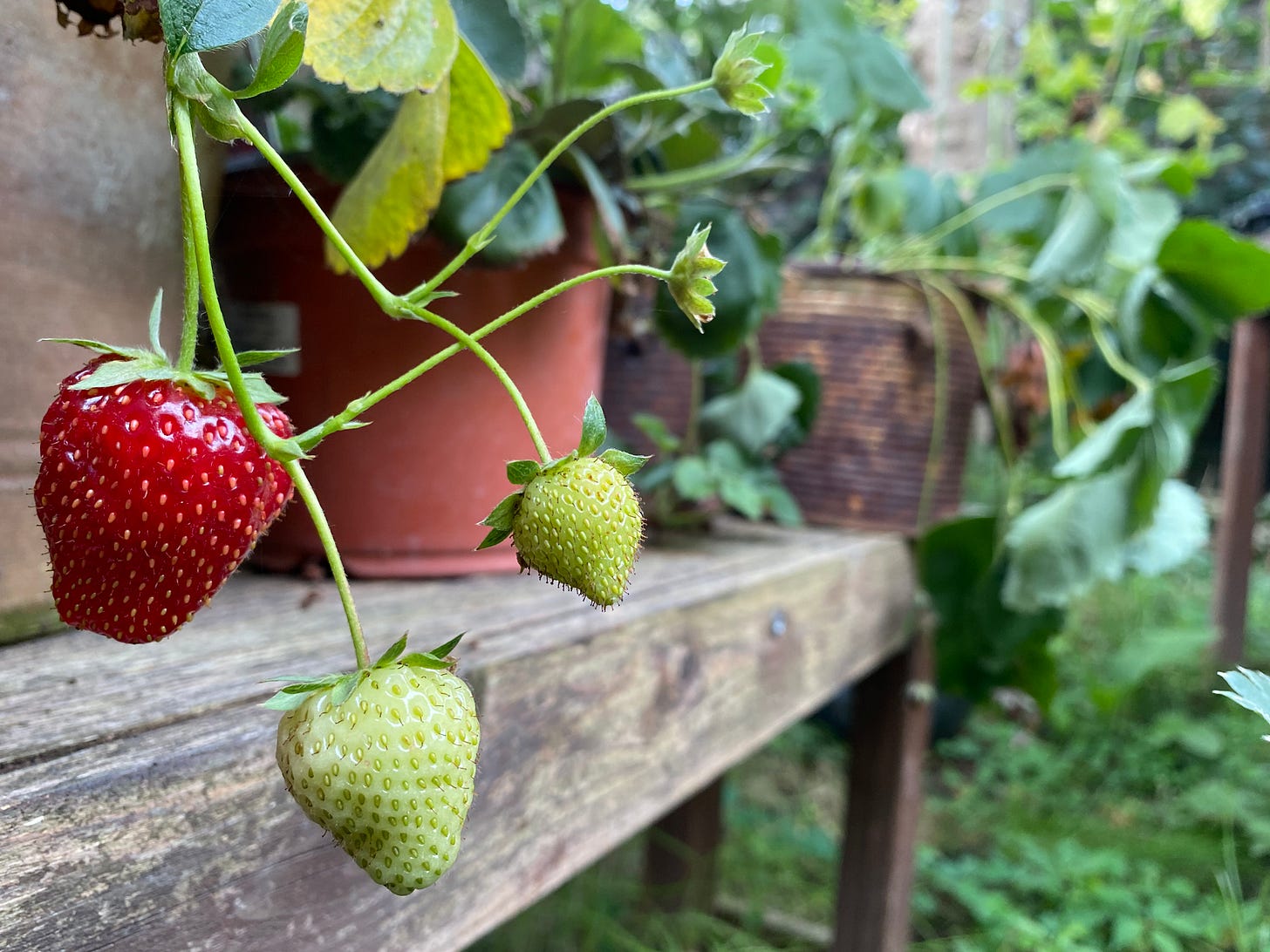Hello, you’re reading The Earthworm, an alternative gardening newsletter that takes a sideways look at the world of plants. The full content of this post is visible to paid subscribers only. The Earthworm is an independent, reader-supported newsletter, which means it’s thanks to these paid subscribers that The Earthworm can continue to exist. You can upgrade your subscription at any time to gain unfettered access to the full archive. Thanks for reading.
Neglect is a loaded word. Neglect implies a moral failing. It doesn’t allow for nuance, subtlety or mitigating circumstances.
Have I been too busy with work, childcare commitments and social engagements; too obstructed by scaffold poles and construction detritus and builders to tend to the garden? Or have I been neglecting it?
If I’m being kind to myself, then I can accept that my garden’s current state of wildness – not unbeautiful, but entirely unmanaged – is no fault of my own. But I am rarely so kind to myself. (It is such an unhelpful flaw, apparently coded into the human genome, that we must always be our own harshest critics.)
Shame creeps up on me from every corner, such as the unsnipped watershoots that race skywards from the base of my box elder tree. I could kid myself that I’m pioneering a wildlife-friendly No Mow September campaign, but my weed-laden lawn knows the truth, and won’t let me forget it. And an abundance of purple flowers filling the sunny border could look deliberate, but in truth, I let the Salvia ‘Amistad’ grow so rampant that it has stifled the dahlias and echinaceas that should have emerged alongside it.
None of this is surprising to me, as I simply haven’t put the requisite hours into the garden these past few weeks – hence the feelings of guilt, and the sense of neglect. What is surprising, however, is what lies hidden in the overgrowth.




